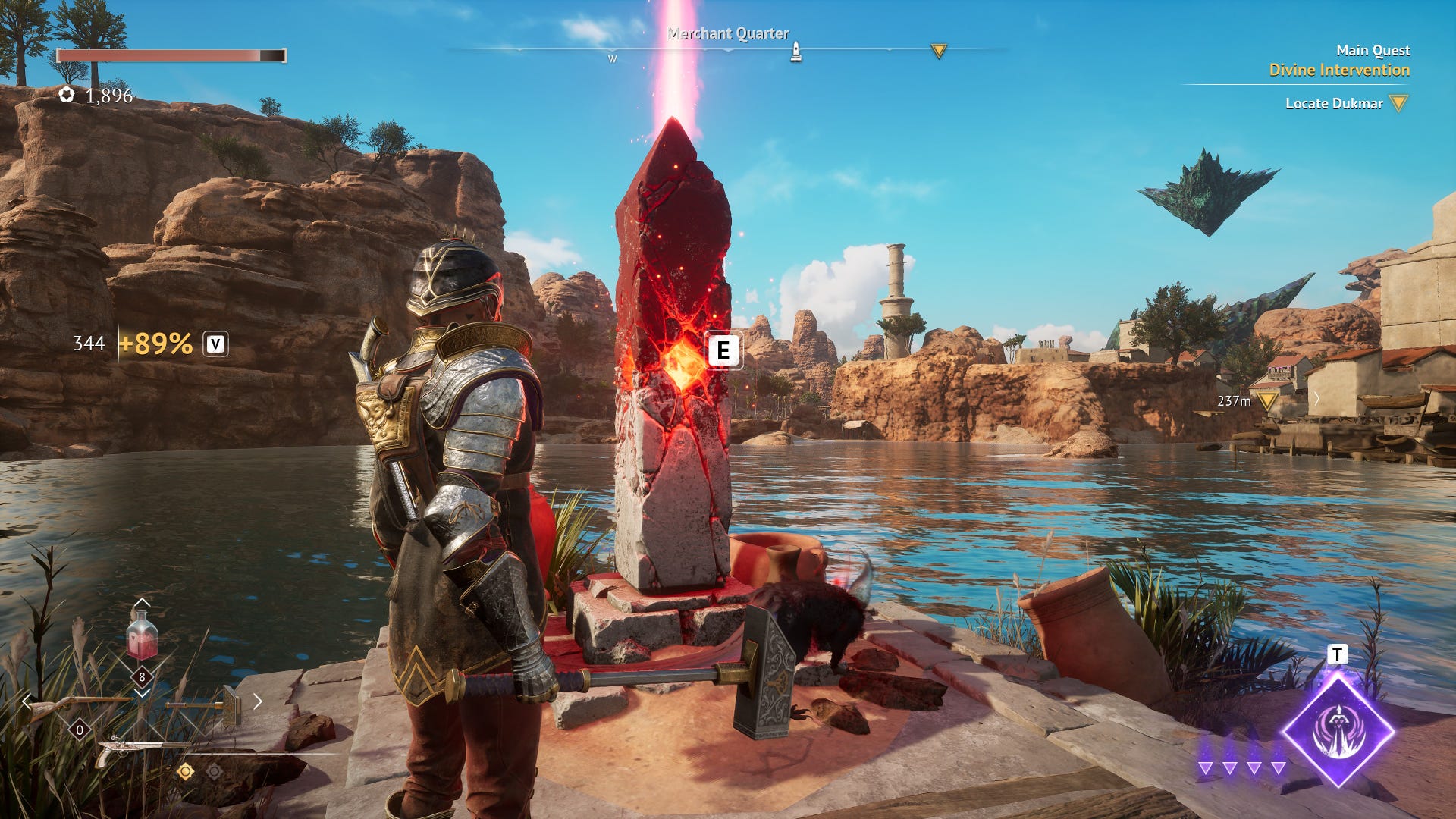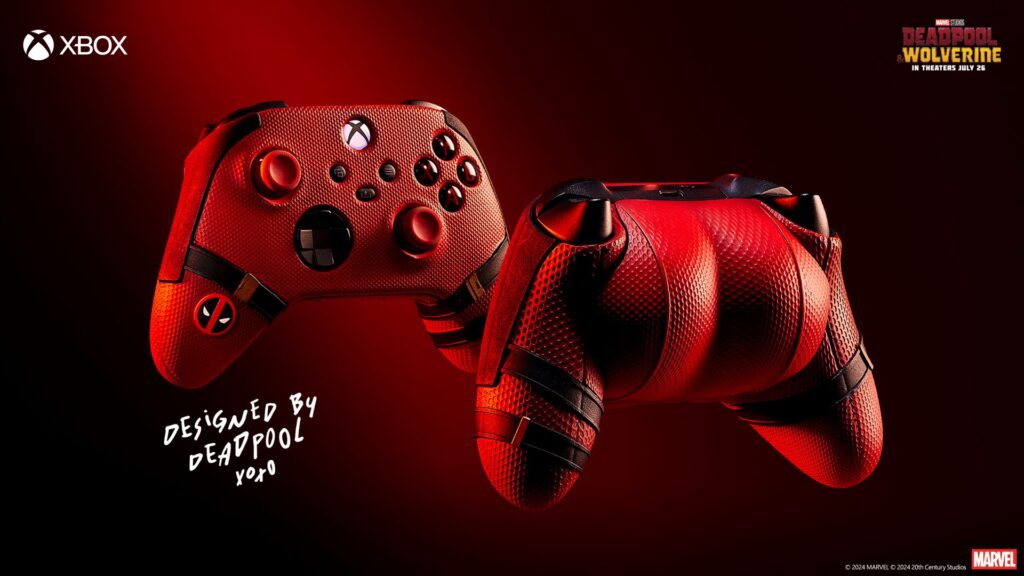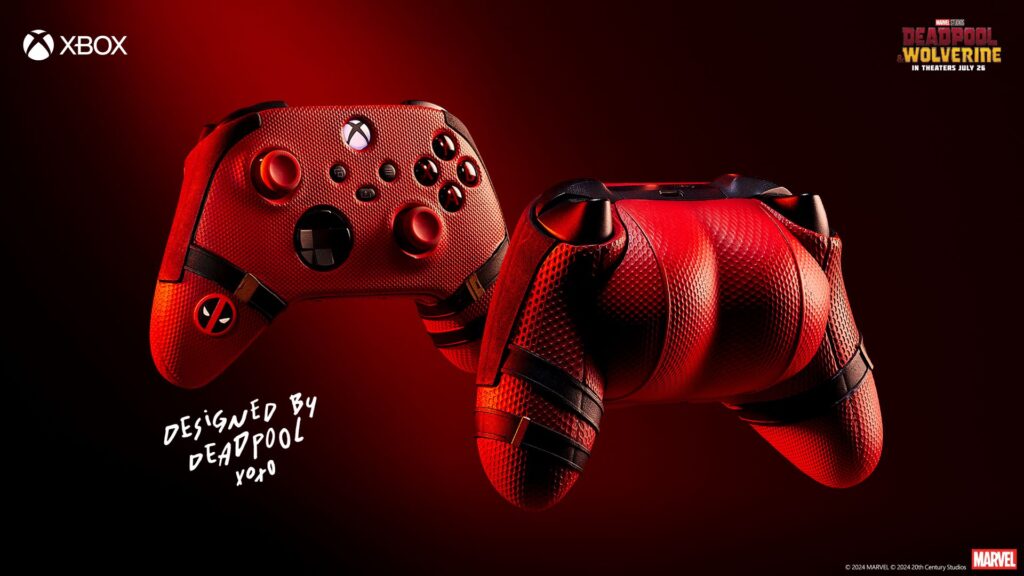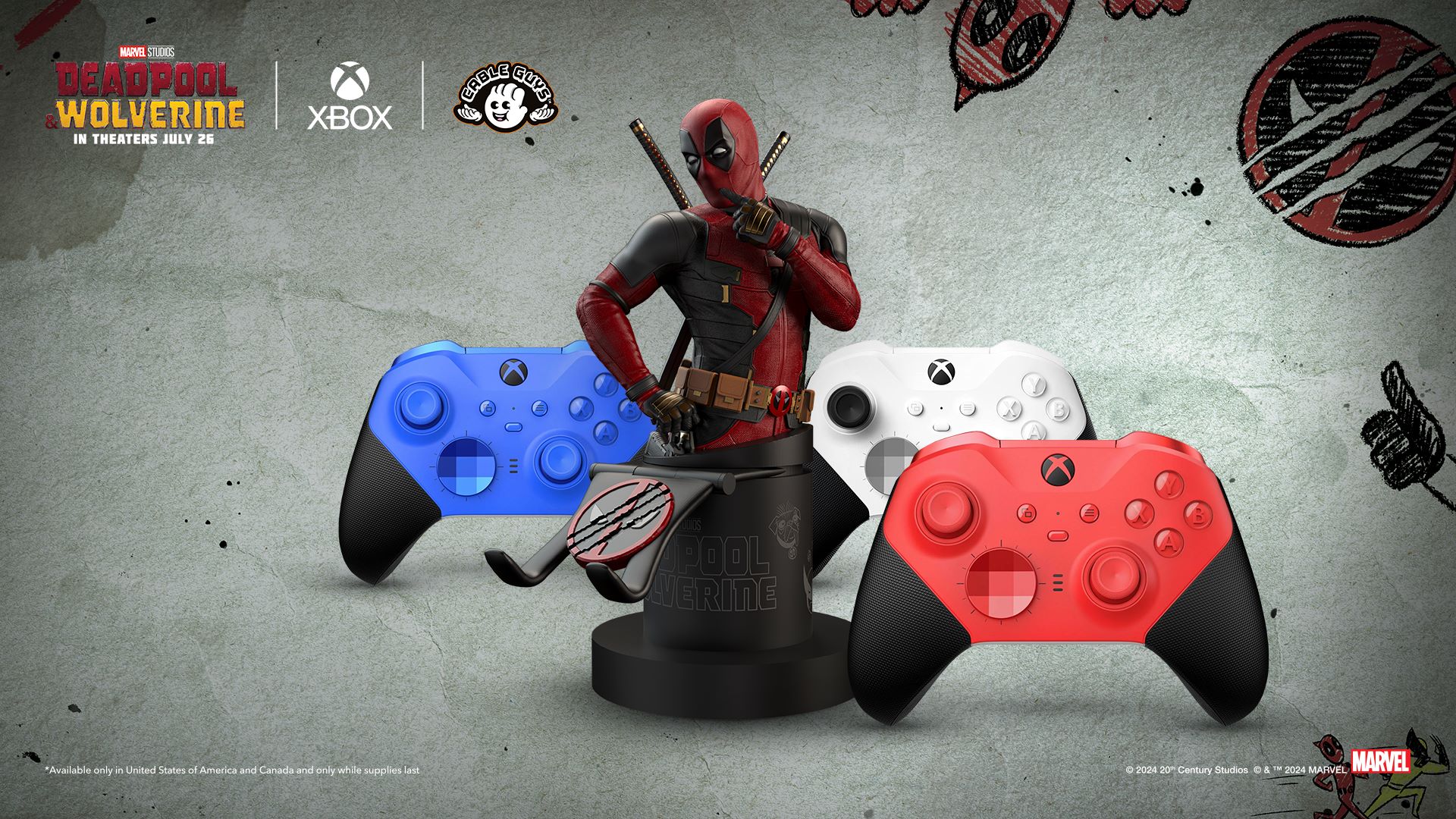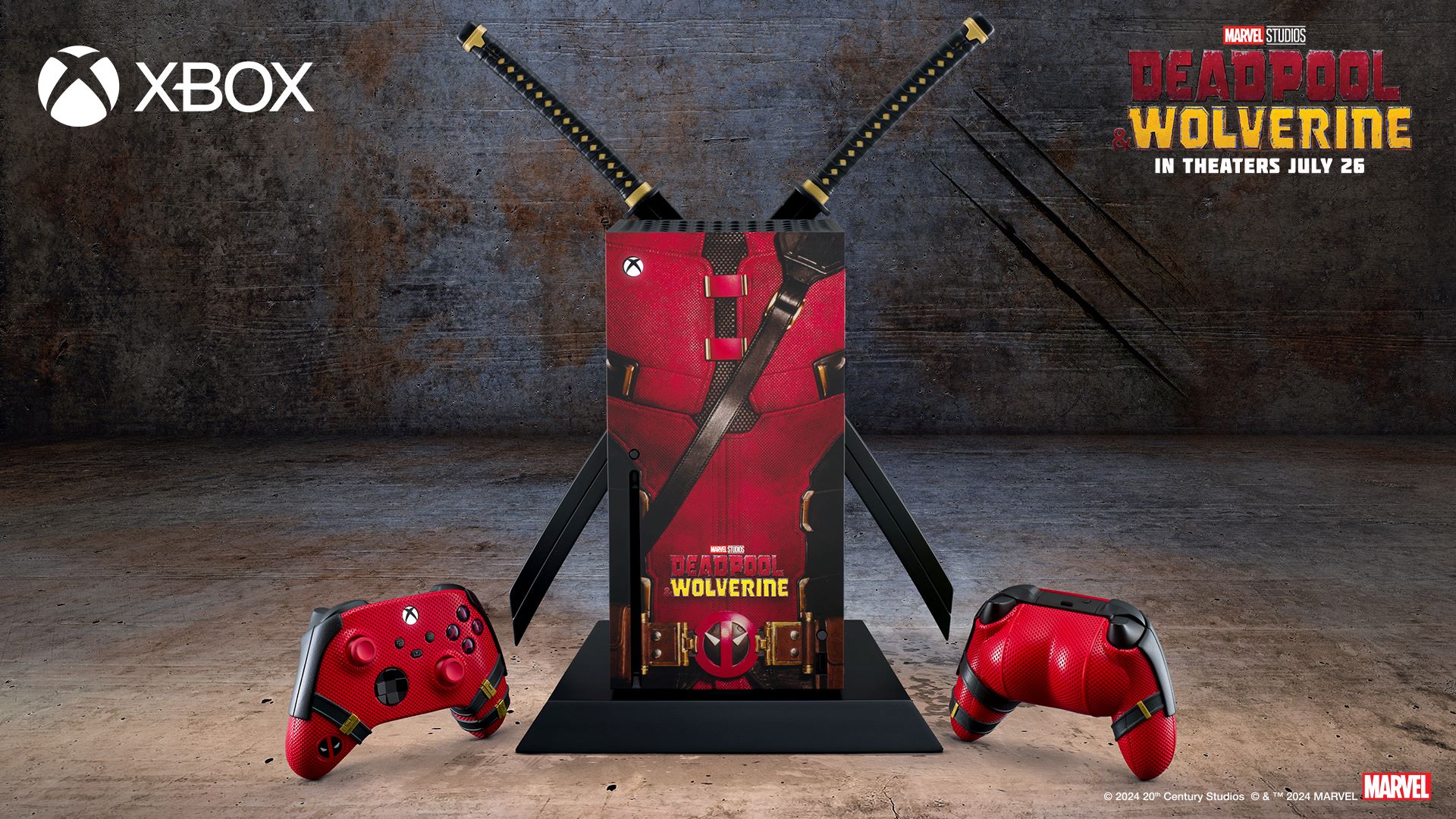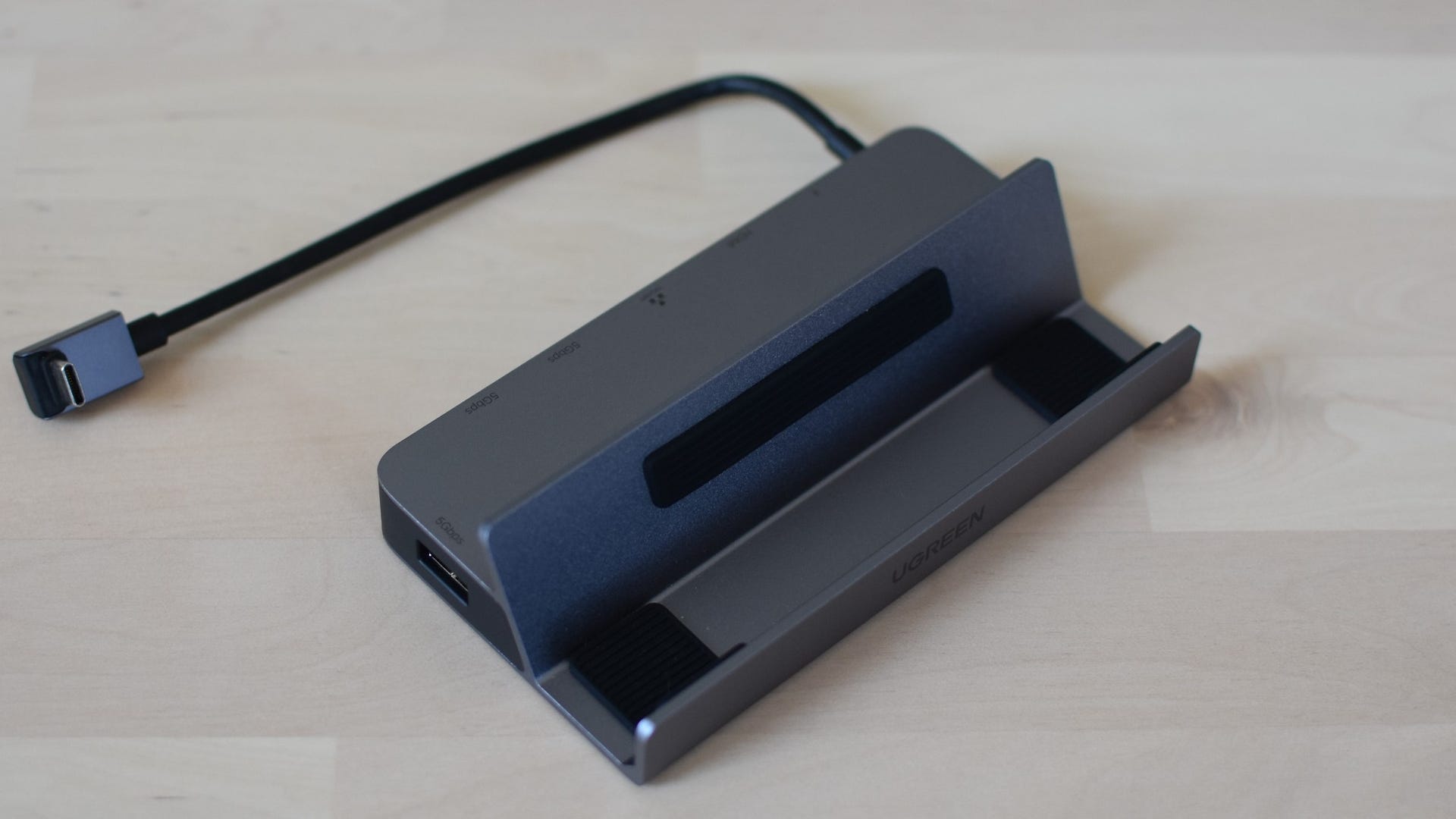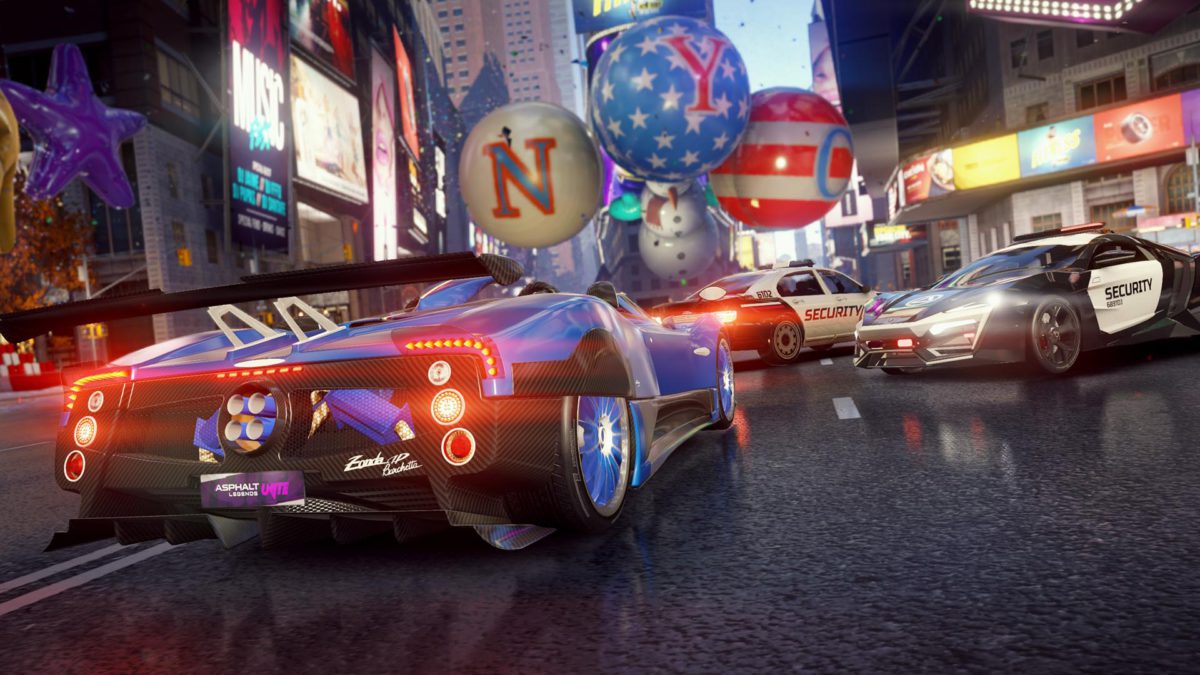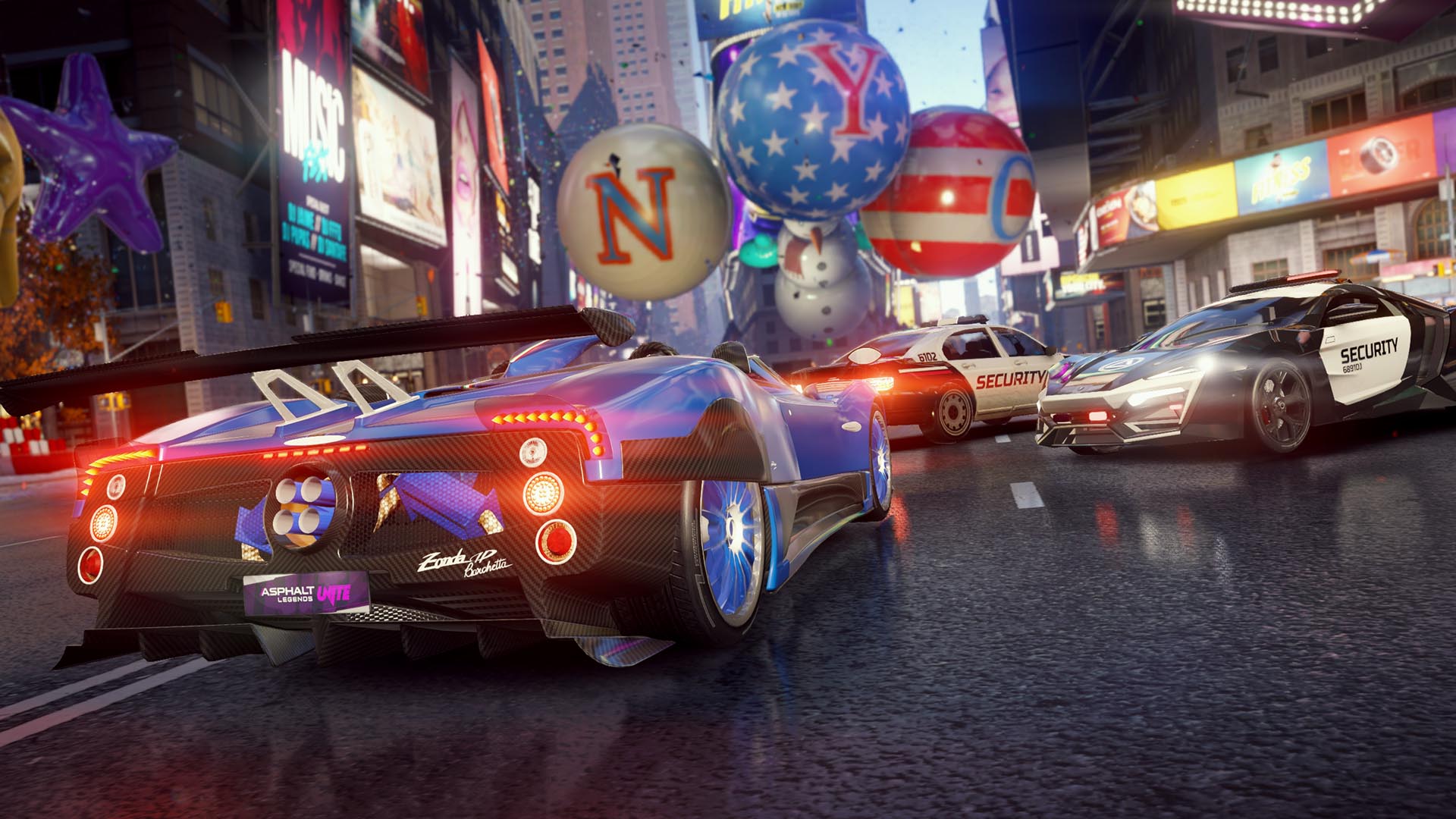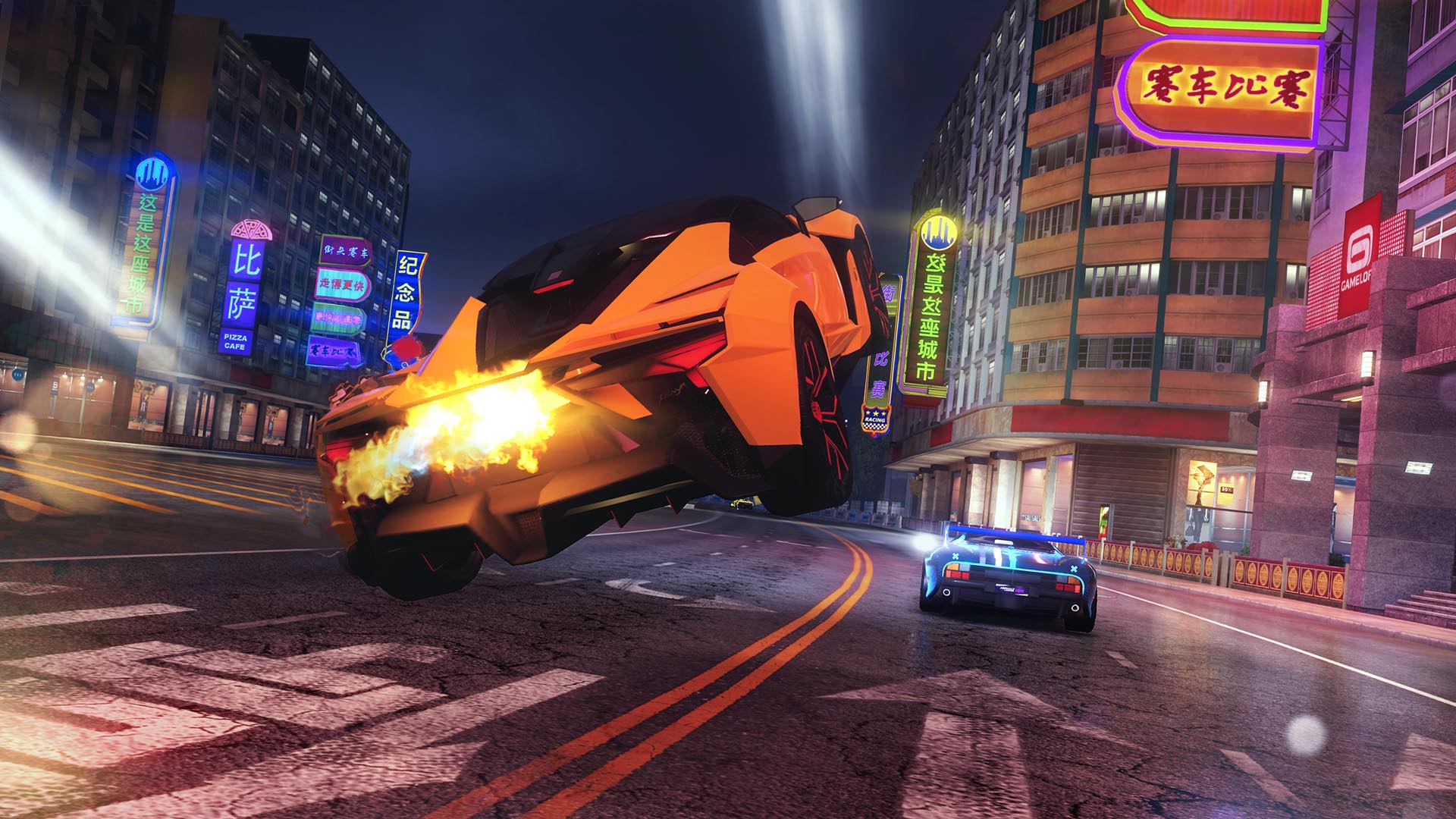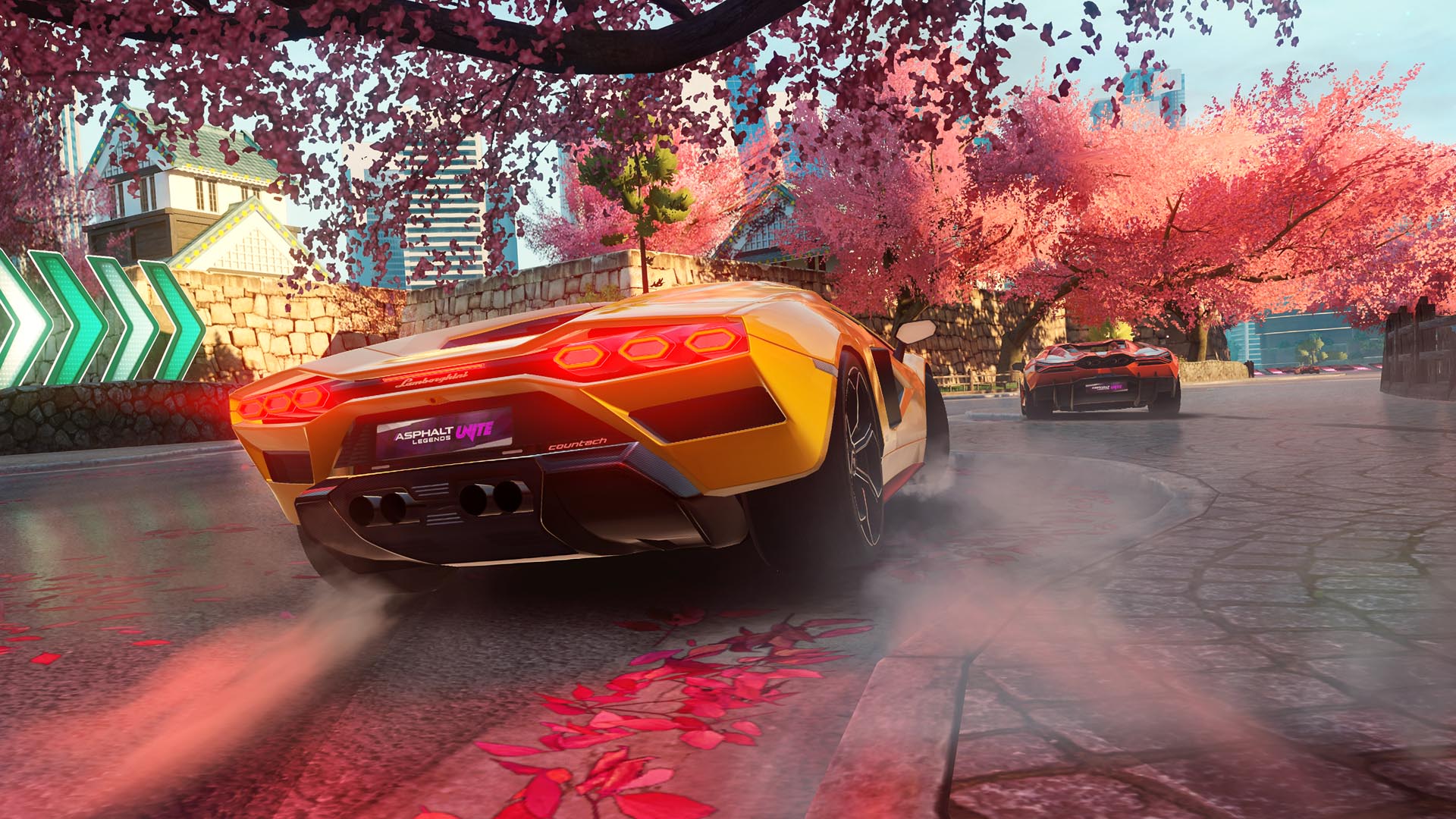Hello Games has revealed the next update for No Man’s Sky: Worlds Part 1.
This huge update for the now eight year old space game is its biggest since 2020’s Origins update and focuses on much-requested variety and major visual enhancements to the universe. These include fancy new water effects and even what looks like gameplay inspired by Helldivers 2’s community driven Galactic War.
In a new developer video, below, Hello Games’ development chief Sean Murray made a rare appearance to discuss the Worlds Part 1 update. Murray said the tech Hello Games has developed for its upcoming new game, Light No Fire, is now being incorporated into No Man’s Sky.
“Six months ago we announced Light No Fire,” Murray said. “It’s this crazy ambitious game and we’ve been working on it for years, and we’ve learnt so many things and it feels like we’re almost bringing this technology back from the future.”
On Worlds Part 1, Murray said Hello Games has completely refreshed the universe with new technology, new flora, new fauna, and new gameplay. “In No Man’s Sky what you see on screen is generated by the computer and we’re achieving a level of variety that just wasn’t possible before,” he said.
The English studio has developed new water technology that can create waves and reflections to make No Man’s Sky’s ocean planets “feel completely new.” Ships can now land on water, planets have wind patterns, and the waves are dynamic and react to the weather.
“Sometimes a storm hits and, you know, the waves rise, the clouds gather, you’ve got the atmospherics, the wind, all this technology comes together all at once and there’s nothing like it,” Murray said.
New surface volumetrics include rolling fog, rain, blizzards, and even sparks coming up from lava. There are new creatures across the new biomes, too.
Worlds Part 1 brings with it a new Expedition. Expeditions are timed events in which you embark on galactic trips from one specific point in the galaxy to another. They encompass several challenges and achievements exclusive to each named Expedition.
Murray said the new Expedition is inspired by Paul Verhoeven’s cult classic science fiction war movie Starship Troopers and is “something really different.” It takes players on a tour of new planets, with everyone battling together. Progress, Murray said, is community driven, with new “super cool” rewards. It sounds a bit like the Galactic War in Arrowhead’s smash hit co-op third-person shooter Helldivers 2, itself heavily inspired by Starship Troopers.
And finally, Murray teased there’s more to come from No Man’s Sky. “The update is called Worlds Part I because, I guess… there’s much more to come.”
No Man’s Sky launched in 2016 initially for PC and PlayStation 4 before coming out on Xbox One in 2018, and PlayStation 5 and Xbox Series X and S in 2020. A Nintendo Switch version followed in 2022. Over the years, Hello Games has issued a long list of major updates, most recently Adrift.
Indeed, it’s a busy time for Hello Games, which alongside updates for No Man’s Sky is working on its next game, Light No Fire. It’s about adventure, building, survival and exploration together, set on a fantasy planet the size of Earth.
Wesley is the UK News Editor for IGN. Find him on Twitter at @wyp100. You can reach Wesley at wesley_yinpoole@ign.com or confidentially at wyp100@proton.me.


